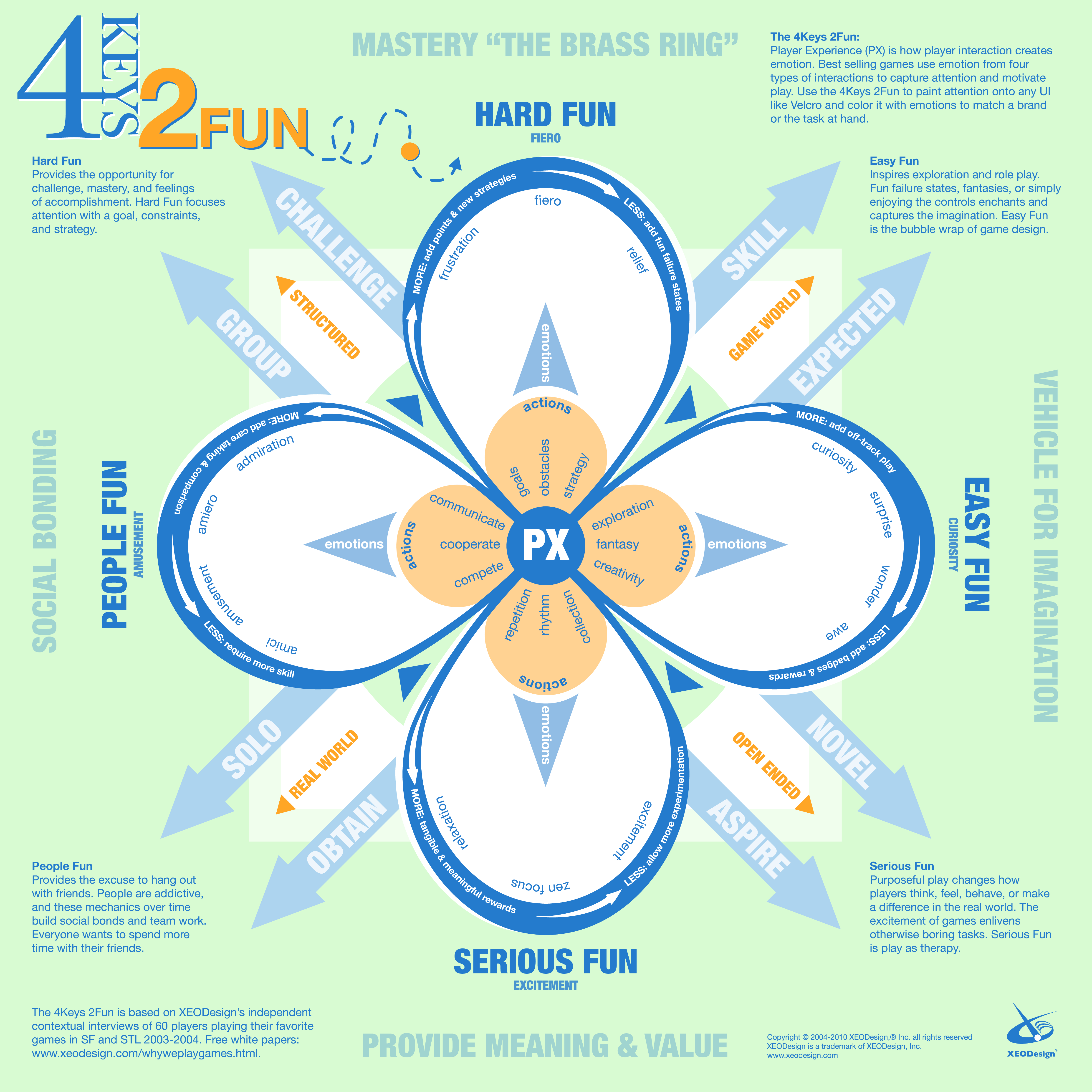I knew there are quite a number of guidelines available to them. But before I direct them to the guidelines, herewith my suggestion:
Rule 1: Choose a FUN to play game
The game you choose MUST be fun to play. And the best way to know whether a game is fun to play or not is to ASK your students, since they are the people who will eventually be expected to engage with the game you choose. If you don't have direct access to the students (e.g. you are meeting or teaching them for the first time), you should PLAY the game yourself to determine whether the game is fun to play or not. If you think you don't have time or don't feel like playing the game, then perhaps you are not ready to practice GBL. I have seen so-called educational researchers whom refused to play games ("Nah, games are for kids" "I am a researcher, not a game player!") but dared to condemn the effectiveness of using games in educational contexts by showing results of complicated statistical analysis. Such people are doing more harm than good to the GBL and should be banned from GBL-related conferences. The fact was: the researcher just did not bother to identify a FUN to play game.
The issue is what is a fun game? I recommend you to read Koster's (2005) A Theory of Fun for Game Design. Meanwhile, Nicole Lazarro proposed 4 keys 2 fun, which divides fun into four types: hard fun, easy fun, serious fun and people fun. You can determine what kind of fun you can gain from playing a game--as long as there is one fun factor, you may choose the game for GBL.
However, in case you have to luxury to get a game that shares similar theme or field of learning content, use it now!
Figure 1: Nicole Lazarro's 4 keys 2 fun
Rule 2: Choose a game that you can easily align three key components of learning outcome.
To make GBL practice successful, you need to align three components of intended learning outcomes to three core elements of the chosen game.
A learning outcome should consist of:
1. A verb that can reveal the intended, observable behaviours of the learners, i.e. when the learner performs the behaviour defined by the verb, you knew he or she has attained the learning outcome.
2. Conditions of learning outcome attainment, i.e. specific conditions or requirements learners need to fulfill to claim that they have achieved the intended learning outcomes.
3. Degree of learning outcome attainment, i.e. specific degree, probably in measurable sense like numbers, figures, etc, that demonstrate to what extent the learning outcome was achieved.
The chosen game should consist of the following three core elements:
1. Game goal and / or objectives for players to pursue in the game world. The goal would be aligned to the verb that can reveal the intended, observable behaviours of the players when attaining the intended learning outcome.
2. Game rules that all players must follow. The rules would be aligned to the conditions of learning outcome attainment.
3. Game feedback, both immediate (e.g. instruction, warning, etc) and collective (e.g. debrief shown after game over). The feedback would be aligned to the degree of learning outcome attainment, in which learners / players would know to what extent they have achieved in the pursue of game goal.
Rule 3: Choose a game that shares similar theme or field of learning content.
Frankly speaking, if you have identified a game that fulfills the Rule 1 and Rule 2, you should grab it and start to do your lesson plan for GBL practice. It is rare to find a game that actually meet Rule 1, 2 and 3. Normally you have to either design and develop it all by yourself or appoint designers and developers to do it for you.However, in case you have to luxury to get a game that shares similar theme or field of learning content, use it now!

No comments:
Post a Comment